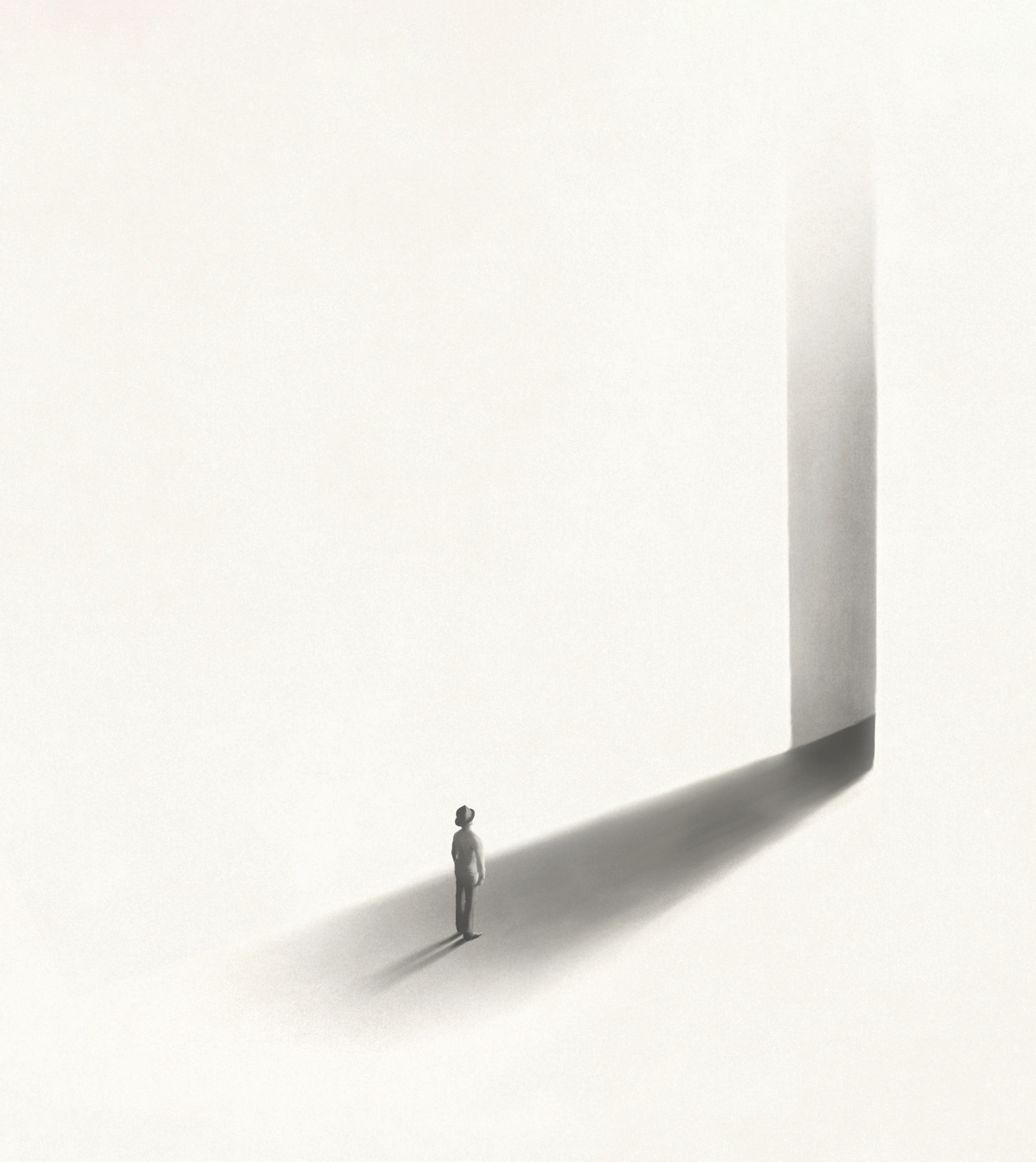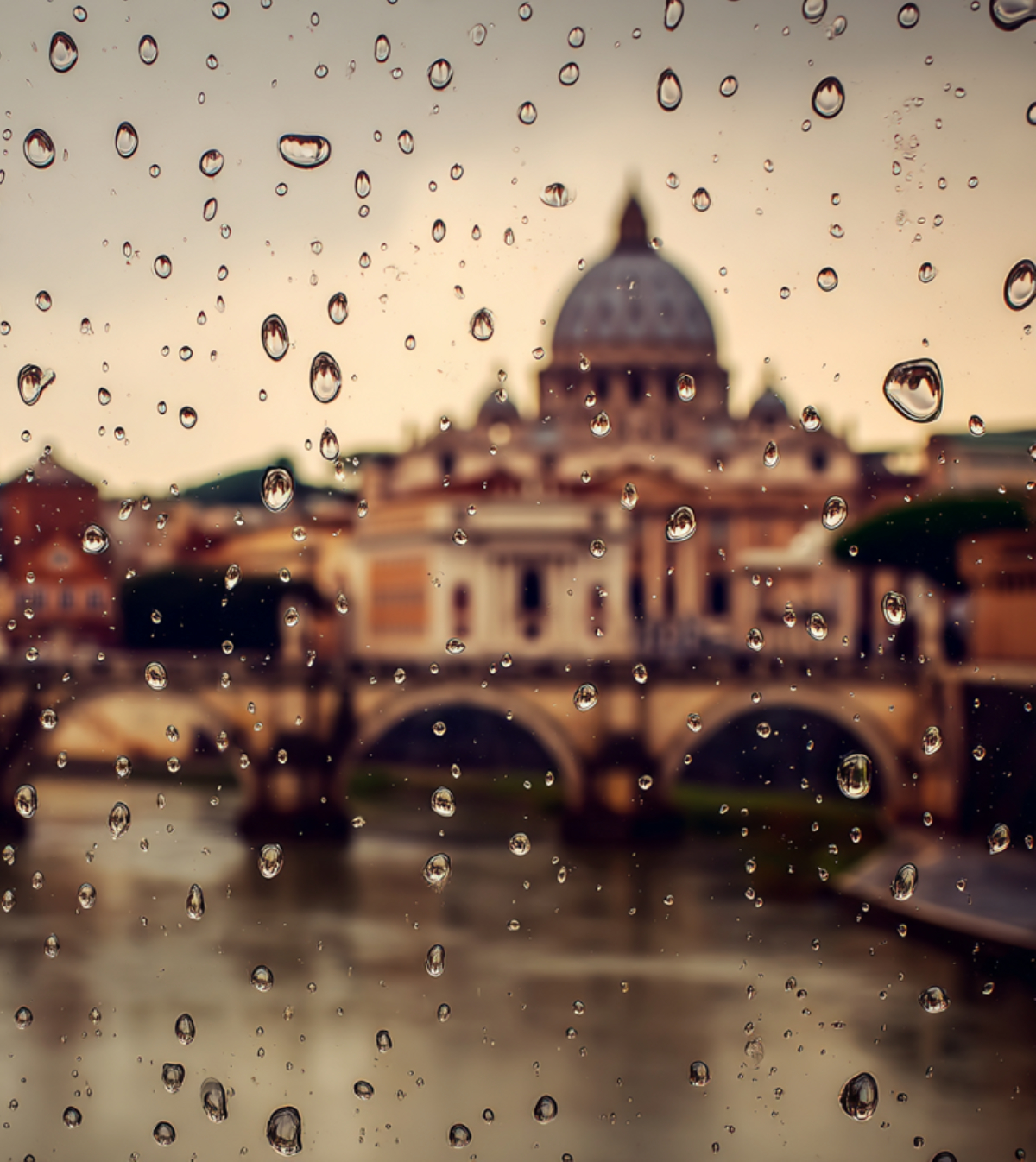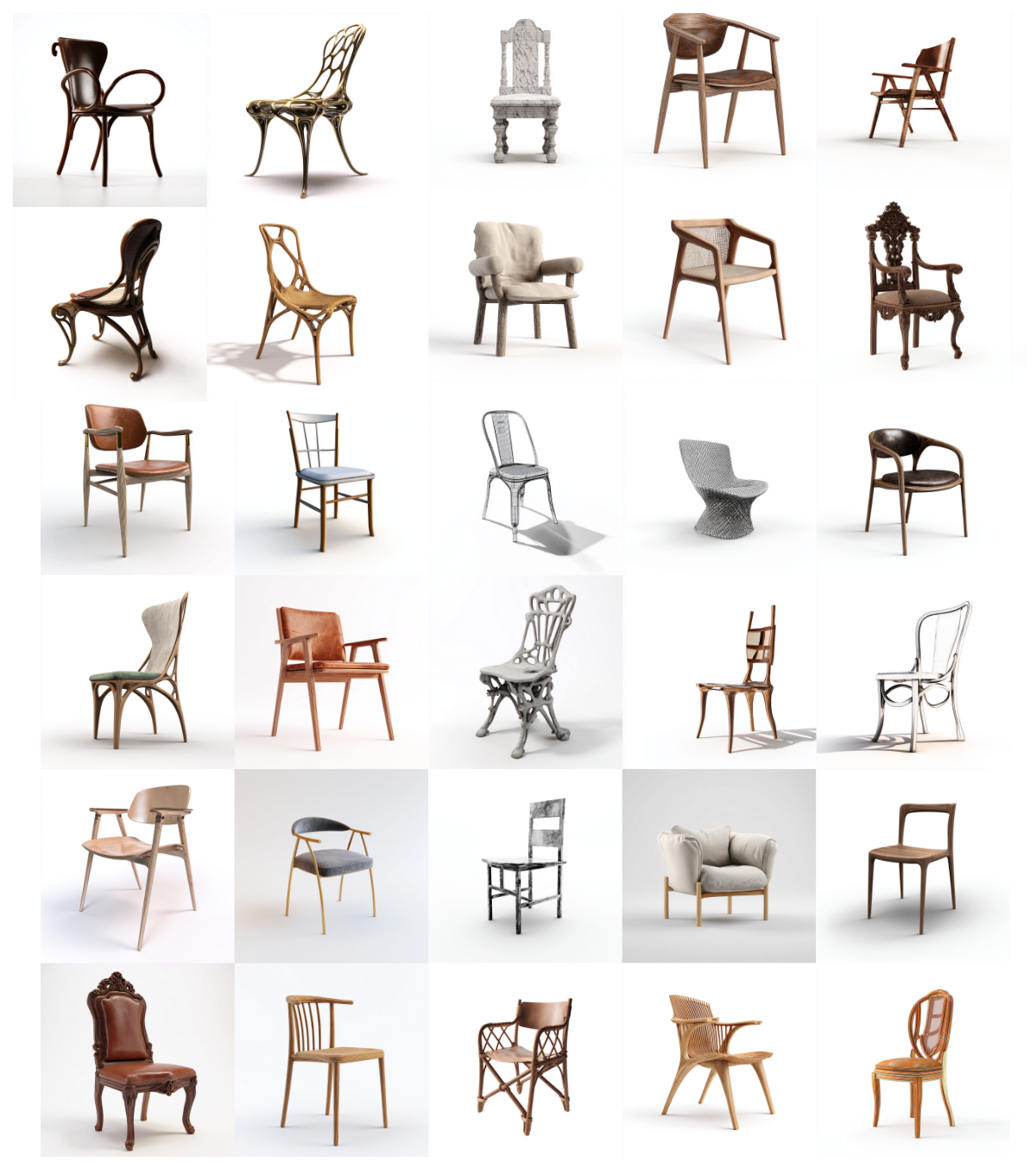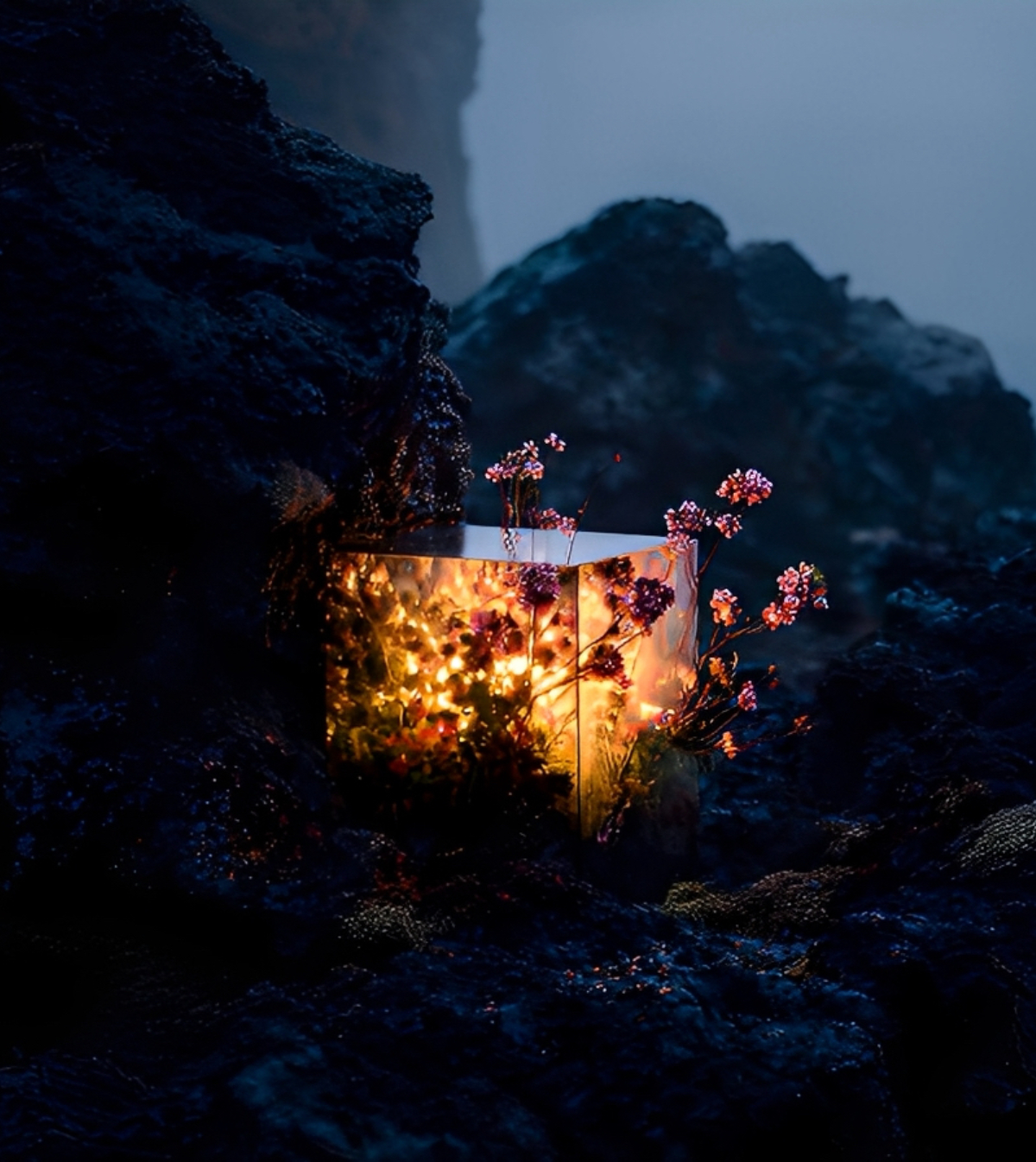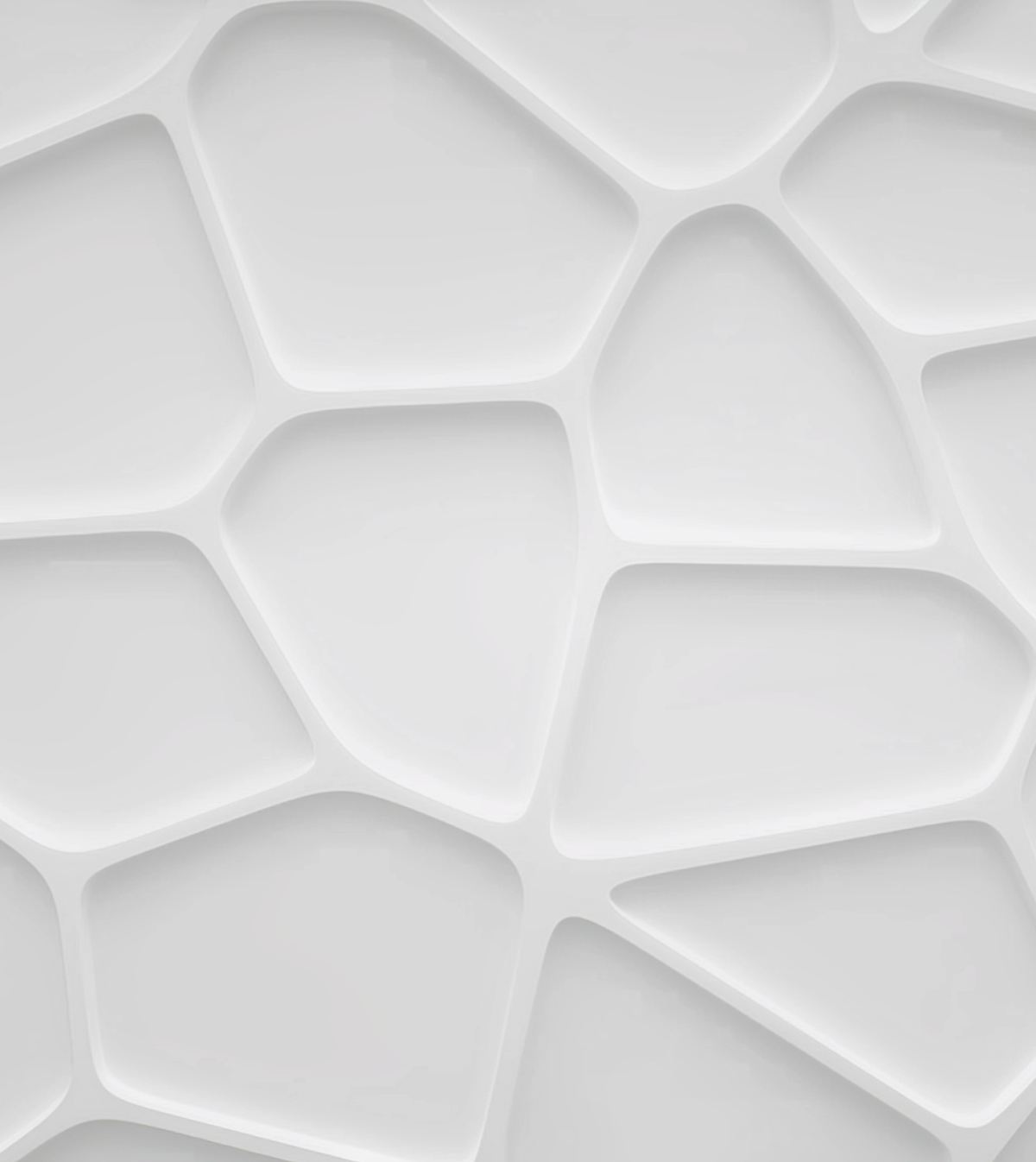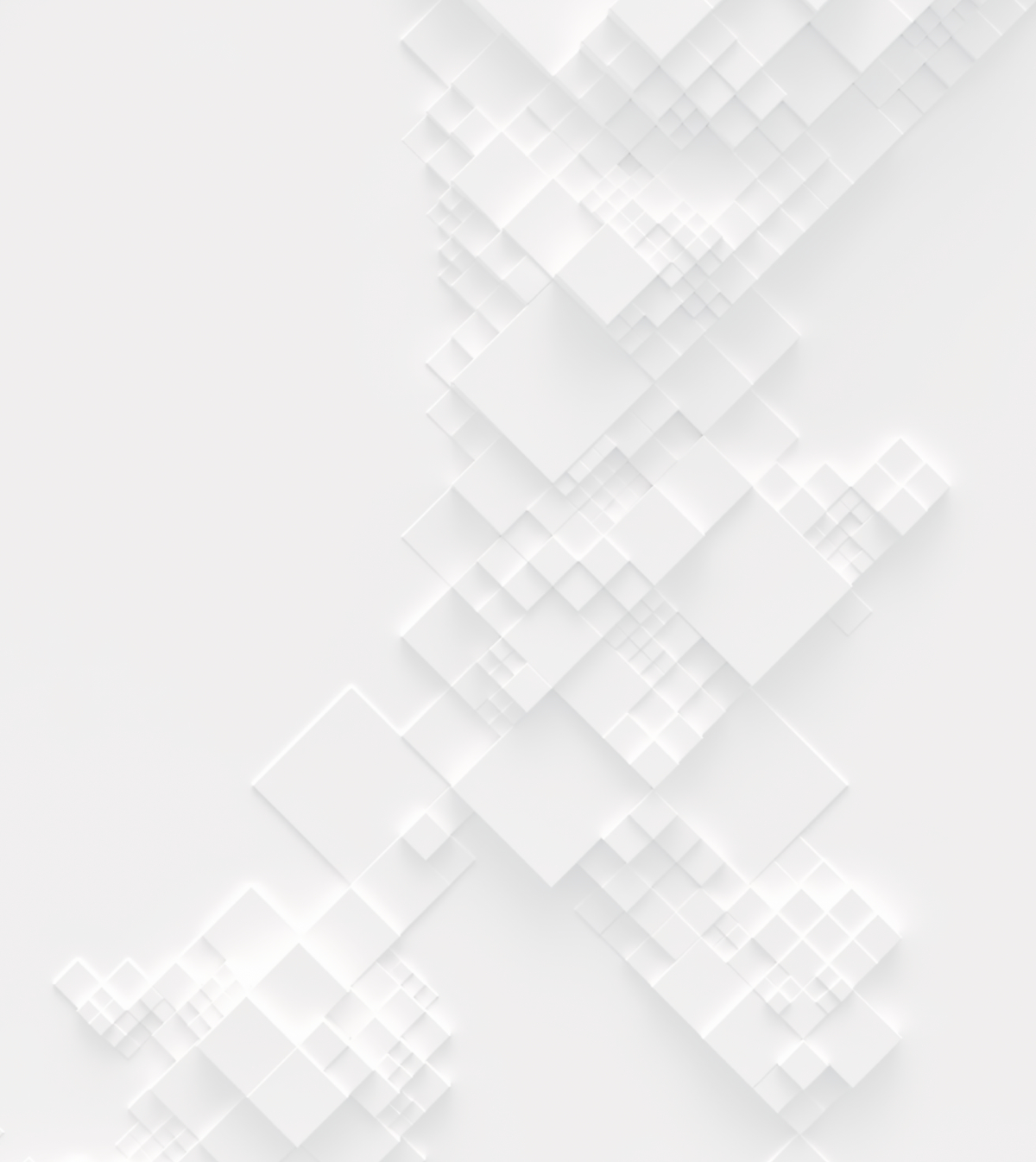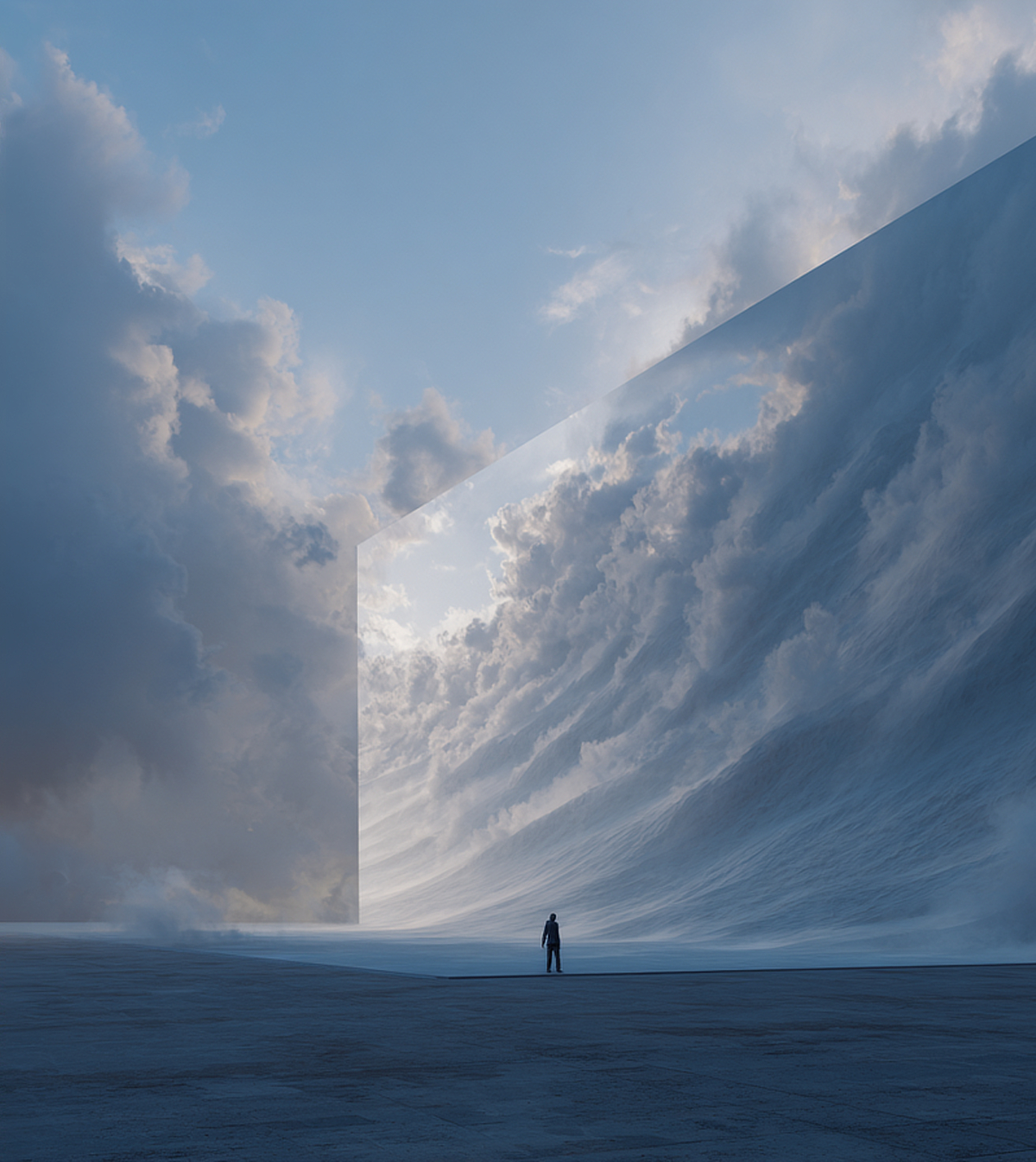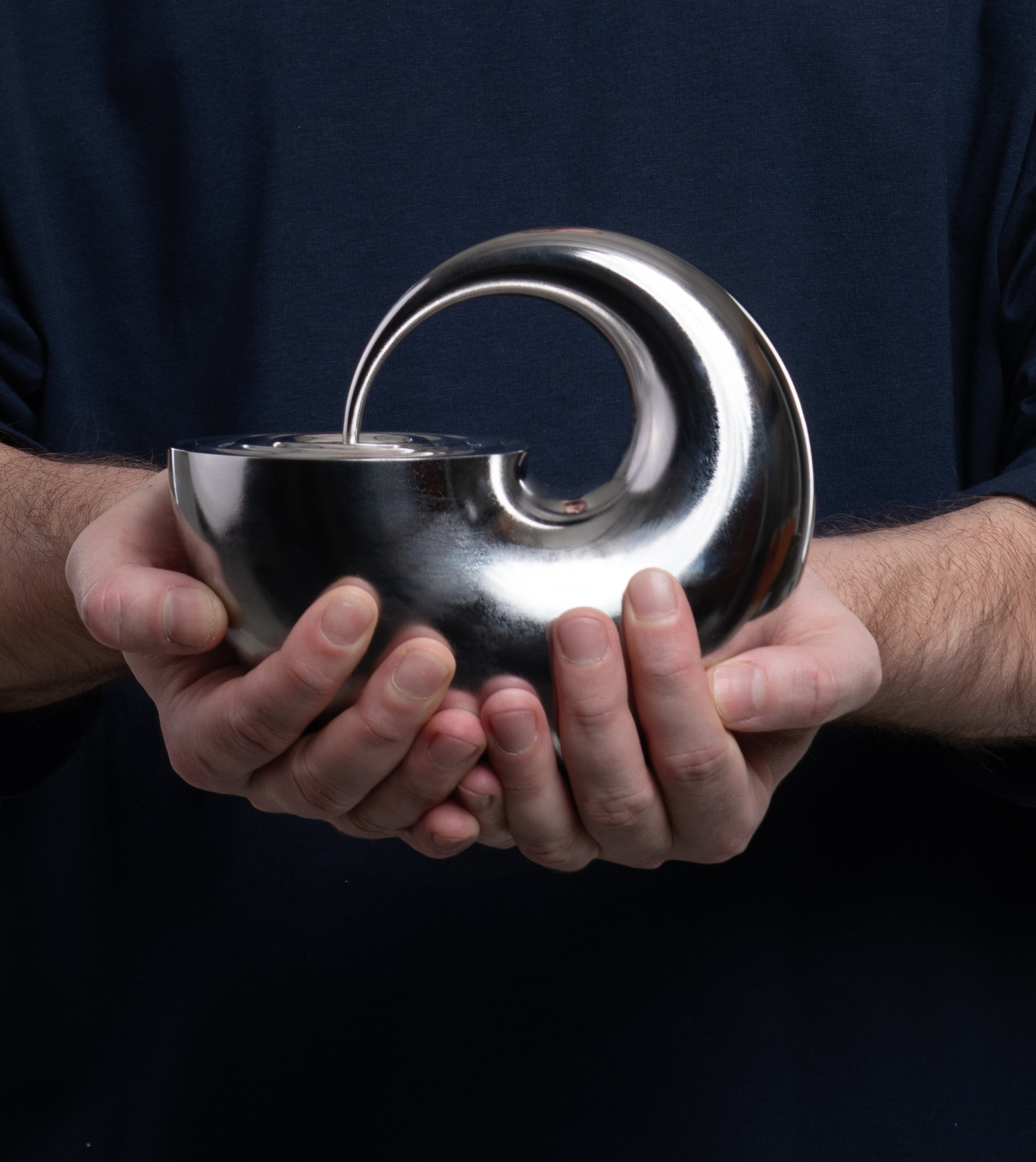We’d like to take the opportunity to introduce you to the 1st and Sustainability Award winners of our "Rammed Earth Pavilion" competition – Amina Yusupova, Thanatcha Cholpradit and Farid Younesi from United Arab Emirates!
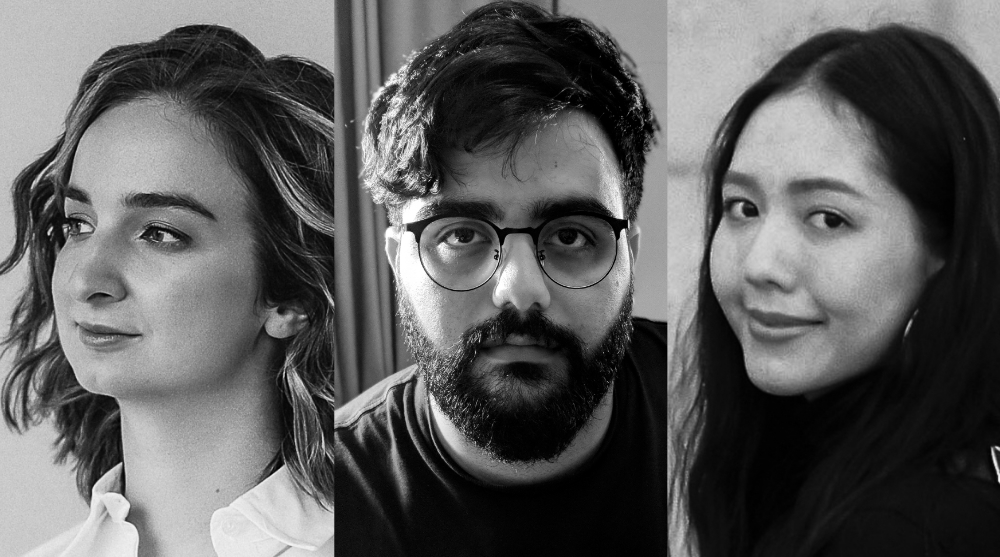
1st prize winners from United Arab Emirates
We are a group of architects interested in utilizing natural materials and integrating them with design methods alongside craft knowledge. We integrate our practice and approach to architecture in parallel with researching, experimenting, designing, and making within diverse scales of woodworking.
Brief information about the projects that you/your company have been involved with. For instance, what scale have you focused on/preferred, any significant projects where the company/ individuals have been involved?
We individually work with different practices across the globe to deliver projects varying in scale and intended use. From Belgium, to Thailand, and the United Arab Emirates, we bring together a diverse set of skills developed within our locales and aim to focus them towards our mutual interests in “Architectures that define the lives of the Inhabitants”. Our methodology and approach consists of treating both users and the natural environment as one “client”.
What does architecture mean to you and what is the role of an architect in your society?
Architecture should be an extension of the natural world, buildings and nature must co-exist seamlessly; to use nature in defining architectures, and to use architecture to define nature. In our definition, humans exist as an aspect of nature, we exist from primordial elements that make up our being and architecture has been the forum within which our very being is represented, our history traced, and our evolution furthered. To take on the role of an "Architect" is a responsibility that encompasses a mandatory role in furthering our very being.
Why do you participate in architecture competitions?
Architecture has a tension in identifying itself as a practical discipline which is directly related to the material world but has important ‘paper’ part at the same time. The position of architecture at the intersection of craftsmanship and arts creates a constant internal conflict between the pursuit of the ideal and real aspects of professional activity. The project that is being developed for implementation, always adapts to the requirements of the real world: architects compromise and add extra elements dictated by structural requirements to their initial, often very bold sketches. For example, they simplify facades and reduce the cost of materials. Architectural competitions help compensate for this craving for the ideal.
Projects for competitions are a manifesto of pure creativity. They appreciate the courage of thought, the unexpectedness of the ideas. The main point is to offer a bright, clear concept, and adaptation to the features of the real physical world is the following step. Which may not follow at all.
What advice would you give to individuals who struggle to decide whether it would be beneficial for them to participate in architecture competitions?
Participating in architectural competitions allows individuals to design freely as there are no rules and constraints. We are able to explore, experiment, communicate, imagine and reveal sensitive worlds through surreal and poetic visualizations without being concerned too much about reality. This is a catalyst that helps push the limitation of materialization and constructional methods to turn paper drawing to reality. As a result, I believe this activity plays a crucial key role in achieving the next paradigm shift in architecture.
Top 3 Reasons Why You Should Enter Architecture Competitions
Curious about the value of architecture competitions? Discover the transformative power they can have on your career - from igniting creativity and turning designs into reality, to gaining international recognition.
Learn more

